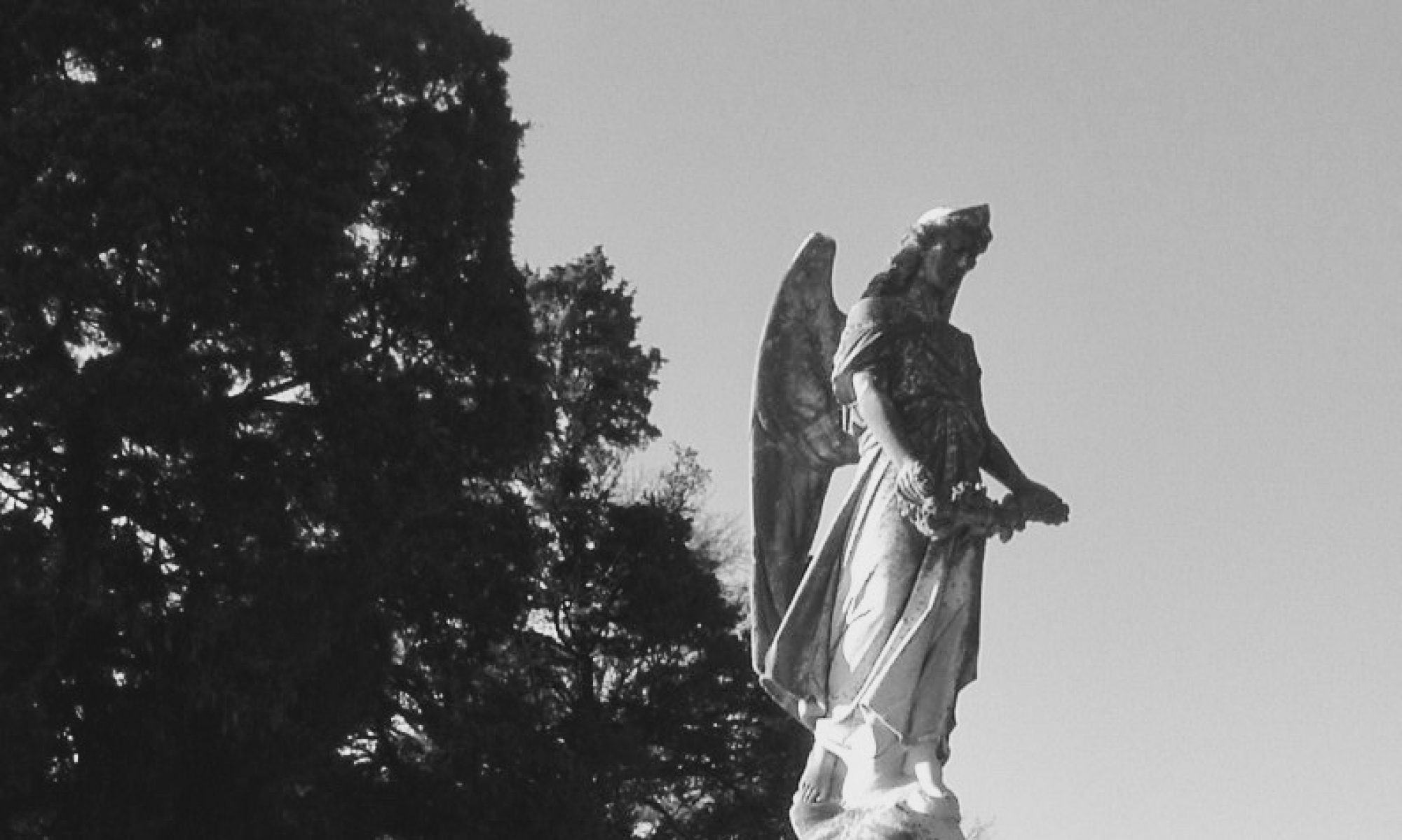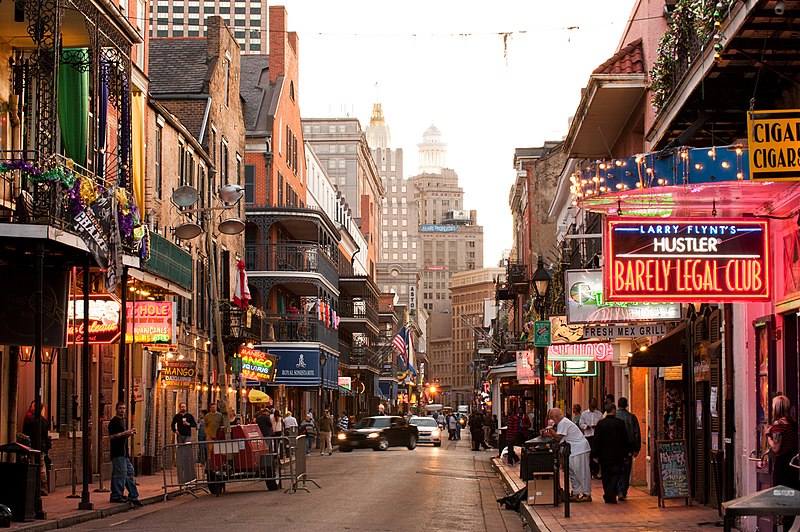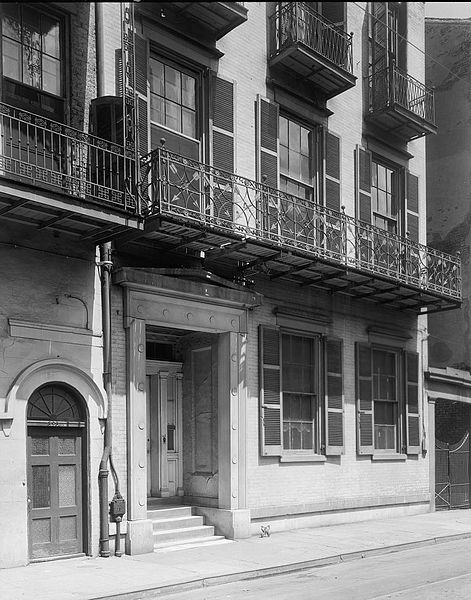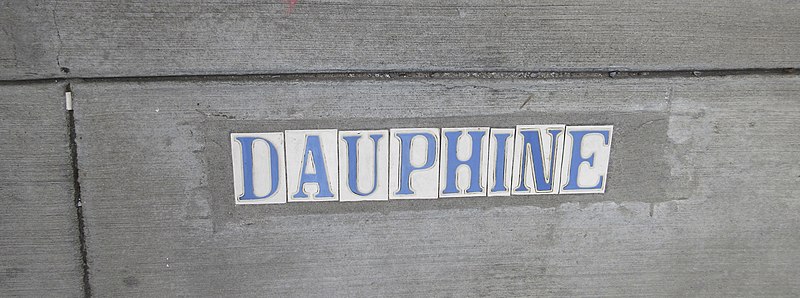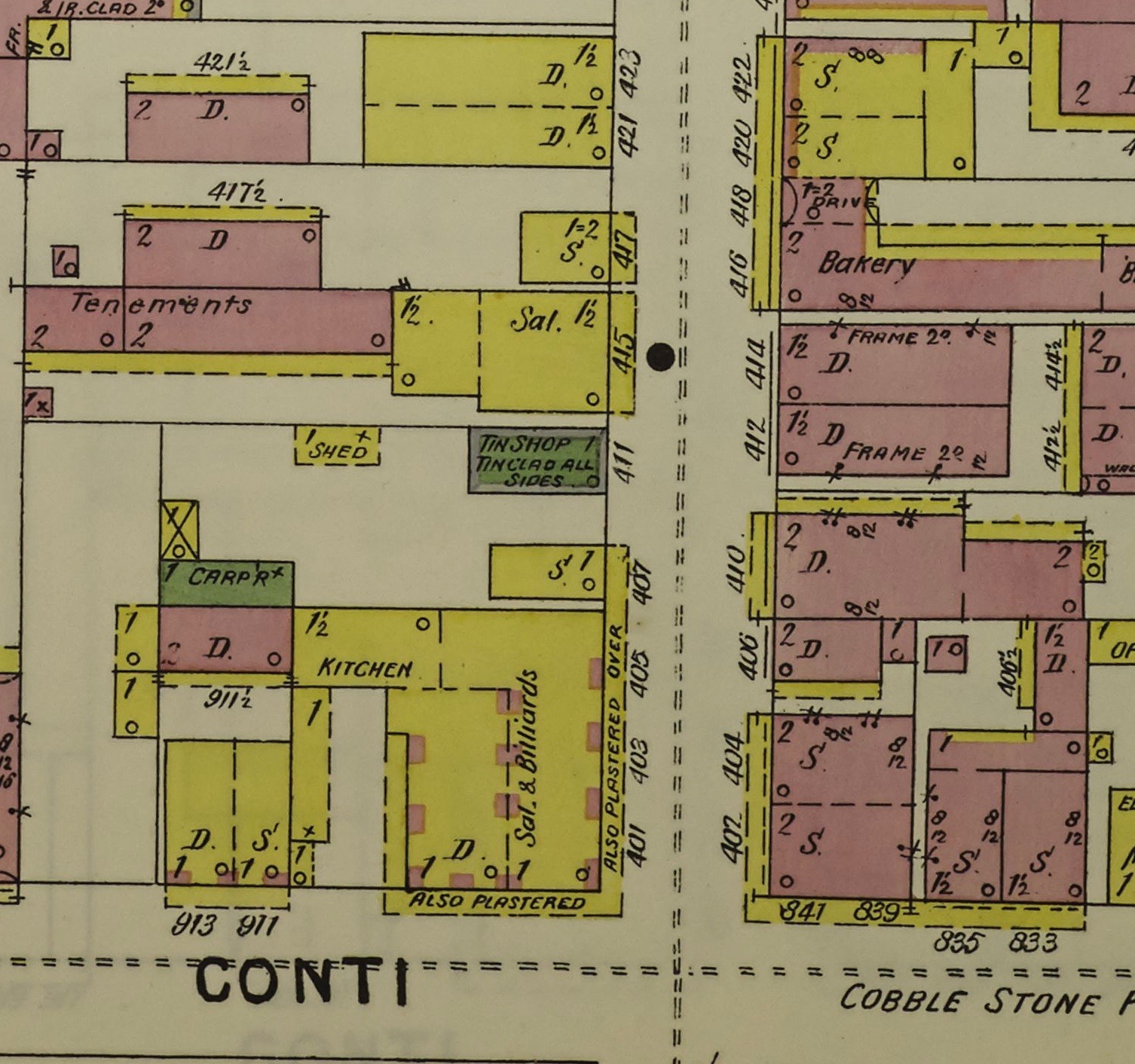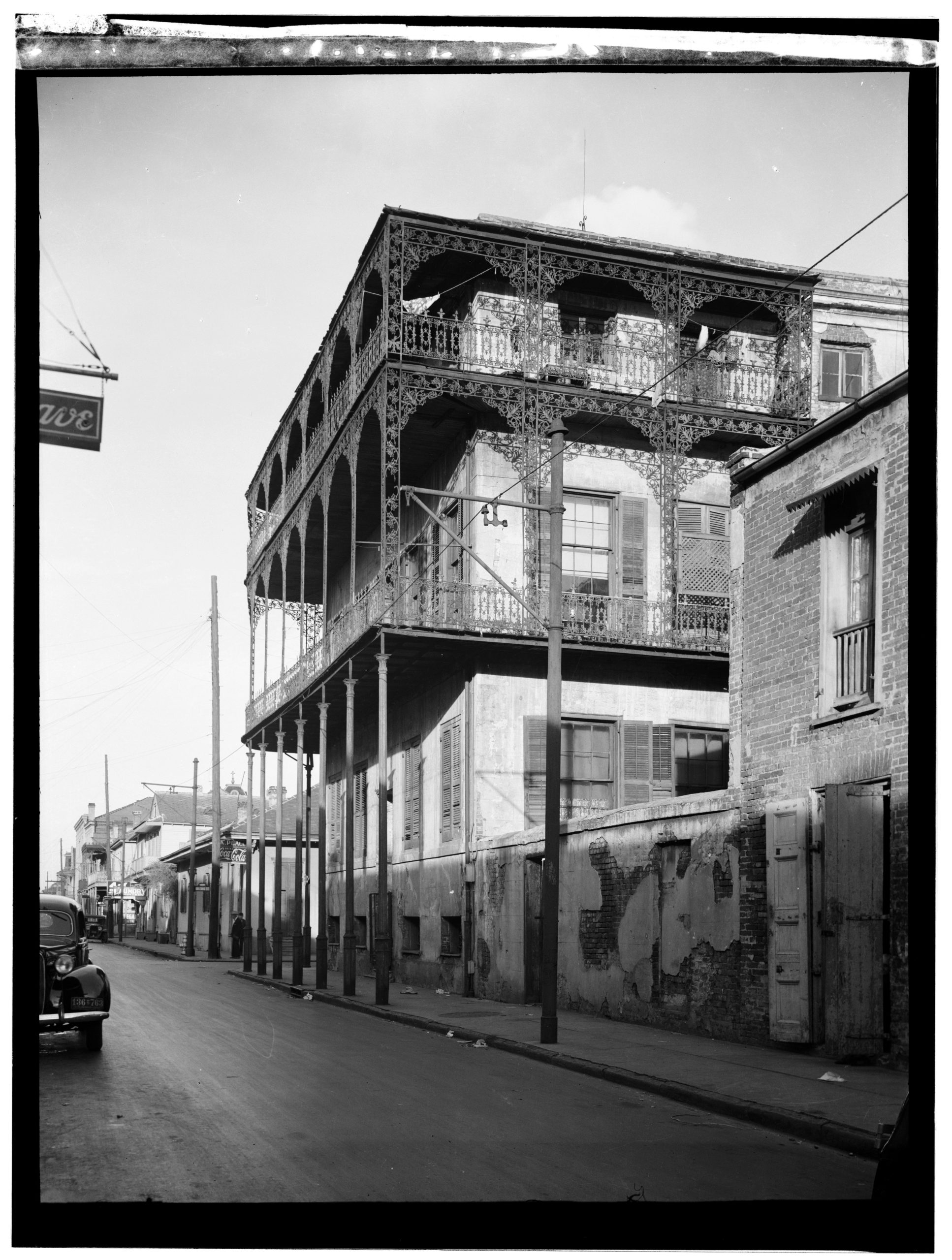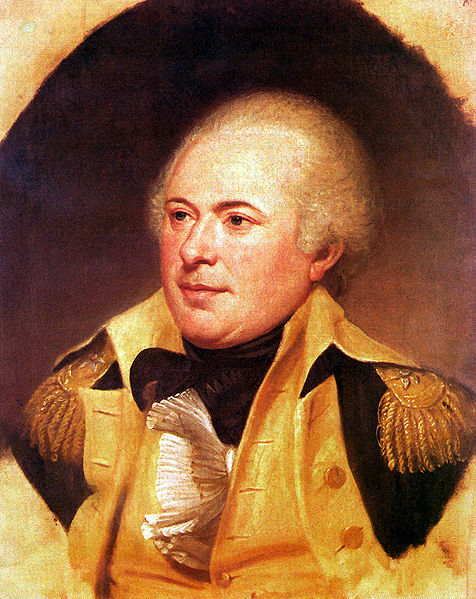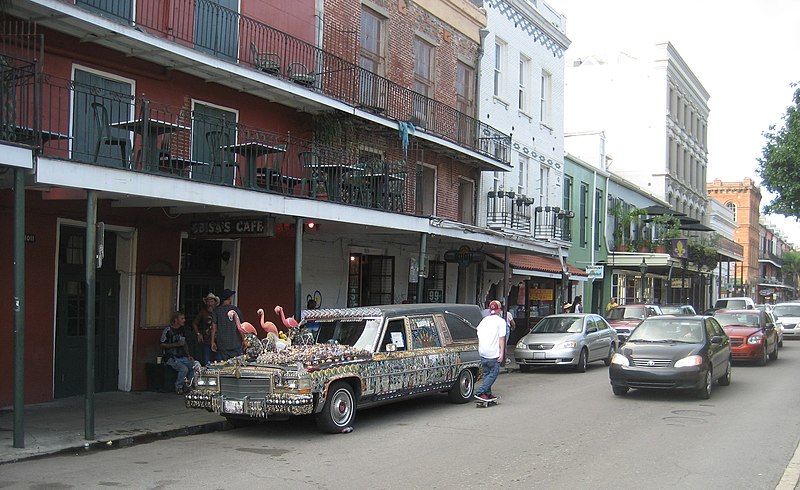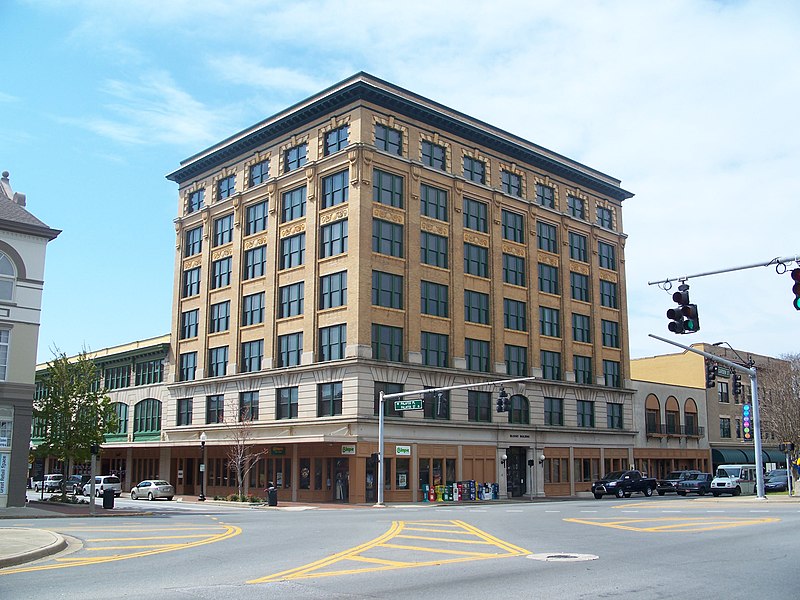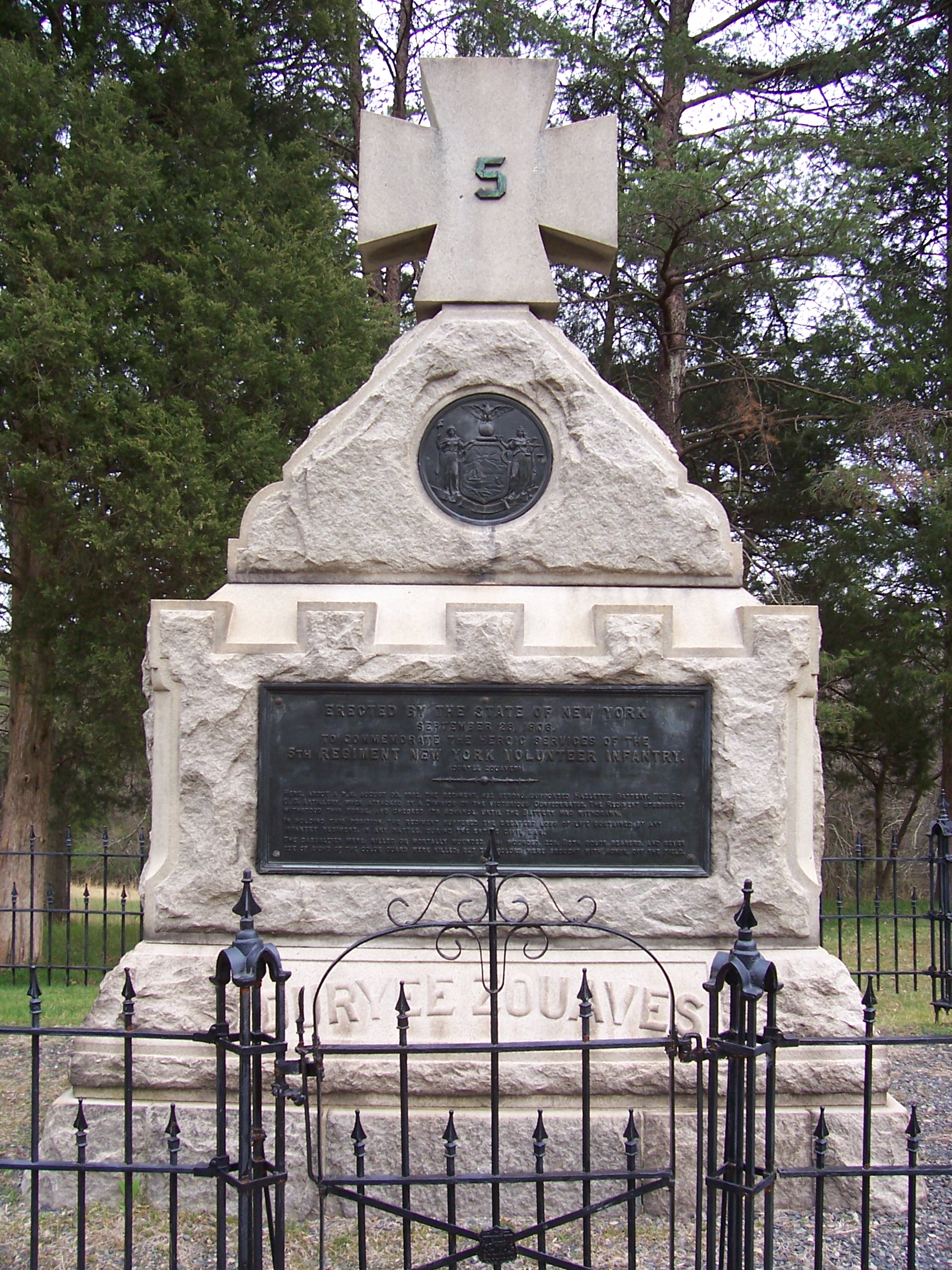Stay away from jazz and liquor, and the men who play for fun. That’s the thought that came upon me when we both reached for the gun.
— “They both reached for the gun.” from the musical Chicago (1975) by John Kander and Fred Ebb.
715, 725, & 735 Ursulines Street (private)
While reading about the infamous 1927 “Trunk Murders,” my mind instantly began to draw parallels with the Kander and Ebb musical Chicago. The musical explores the intersection of murder, tabloid journalism, and infamy, all against the backdrop of Prohibition-era Chicago with its wild criminality and vaudeville entertainment drunk on the influences of money and illegal liquor, all underscored by the rhythms of jazz. The themes of the musical however, could easily be transplanted to many other American cities in this era, especially New Orleans.
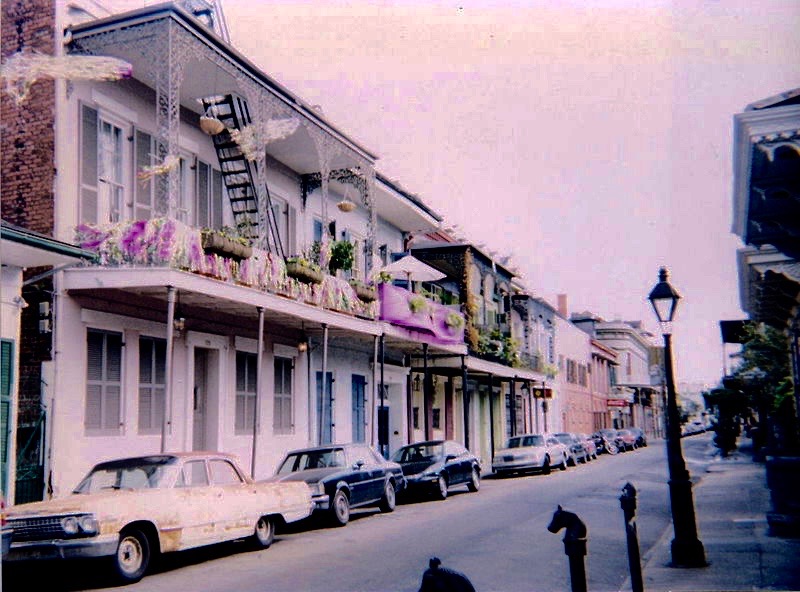
Throughout the early twentieth-century, much of the French Quarter was a working-class neighborhood populated by immigrants. This collection of old buildings still possessed a magical aura that attracted Bohemians like Sherwood Anderson, William Faulkner, Lyle Saxon, and other creatives who immersed themselves in the vibrant, thrumming atmosphere and took advantage of the low rents. Less than a decade before, a pall had been thrown over these neighborhoods as they were haunted by the infamous axe man who mostly preyed on Italian immigrants adding to the city’s allure. Crime remained rampant in the Quarter.
Just a few days before Halloween 1927, housekeeper Nettie Compass stepped inside the second-floor rooms of 715 Ursulines Avenue to attend to her regular duties for the Moity family. The crowded domicile was in a bloody disarray. Compass quickly summoned some bystanders and newspaper reporter George William Healy before she proceeded further into crime scene. Healy wrote in his memoirs “we found red stains on the floor and saw a large trunk in a bedroom, partially open. When I pulled up the trunk lid, a woman’s body, arms, and legs severed from the torso, was exposed.”
Healy called a fellow reporter, Gwen, who intrepidly ventured further into the apartment where “she sighted several objects on a bed. ‘Look,’ said Gwen, holding up these objects. ‘Lady fingers.’ Four fingers had been cut from a woman’s hand … After placing the fingers back on the bed, Gwen moved to a second bedroom, found a second trunk, and opened it. It contained a second woman’s body.”
A machete-like cane knife, typically used to cut sugar cane, rested on the second torso, as if to proudly boast of its role in the killings. The rest of the apartment was strewn with the family’s personal effects and smears, trails, drops, and spatters of blood. It’s not hard to imagine the metallic reek of blood bolstered by the late October humidity surrounding the sanguine scene.
After examining the scene, the coroner, Dr. George Roeling, determined that the two women had likely been beaten with a lead billy club before they were decapitated with the cane knife and then skillfully dismembered. The victims were Theresa and Leonide “Lonie” Moity, the wives of brothers Henry and Joseph Moity. The two couples lived with their children in these small rooms where the neighbors reported frequent loud, drunken fights among the adults over money and infidelity.
In a bedroom cabinet, investigators discovered a poorly written manuscript of Lonie’s story exhorting young girls to “be careful, for marriage is a life sentence… Guess it was only my luck to be happy like this, so I warn others not to take the same risk.” Ironically, nearby a rejection slip from a popular ladies’ magazine was discovered smeared in blood.
From the scattered clues, investigators pieced the family’s torrid tale. Joseph Moity had recently left his wife, Lonie after uncovering her infidelity. At the same time, tensions between Henry and Theresa continued to simmer. A realty office operated on the ground floor of 715 Ursulines under the aegis of Joseph Caruso. After the couples moved in upstairs, Caruso and Theresa Moity began flirting in the quiet moments when Henry was out of the apartment.
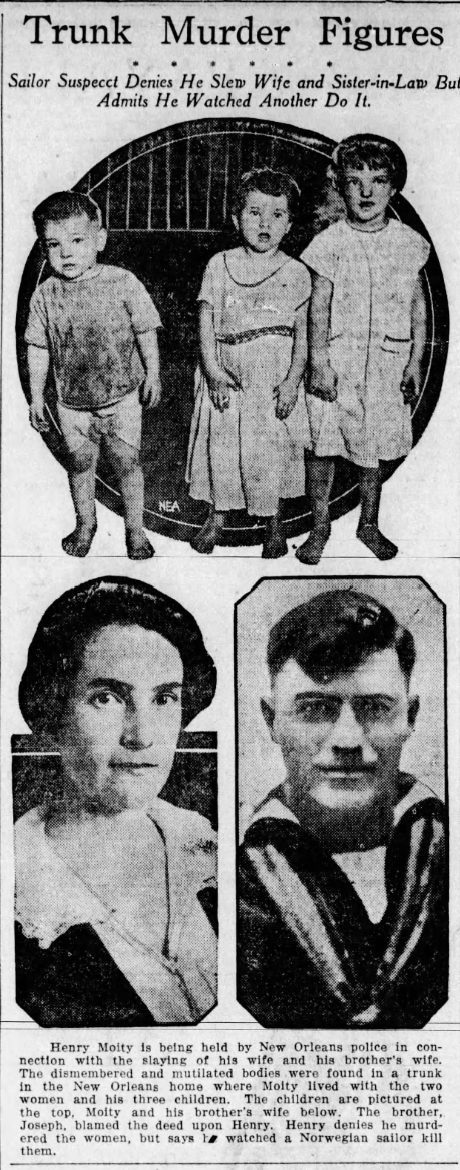
On October 26, a day before the bodies were discovered, Lonie and Theresa announced that they were moving out as they packed their belongings in a pair of trunks. Henry began drinking and, under the influence of alcohol, devised a plan to murder the women. He waited until the women and children were asleep before he entered the bedrooms and began his grisly work. Moity’s skills as a butcher made quick work of the dissection of his wife and sister-in-law. Once the deed was done, he made his way into the morning breeze of the Quarter.
Once the bodies were found, authorities initiated in the search for the women’s husbands. Joseph quickly turned himself in, revealing that he was separated from his now late wife and currently living with his sister. The search immediately turned to focus on Henry. The crew of a freighter headed out of the city turned Henry in, just two days after the murders were discovered. Henry was eventually found guilty of the murders and given two concurrent life sentences.
Henry Moity spent a number of years in the Louisiana State Penitentiary gaining the trust of the prison wardens. In 1944, after he was sent on an errand to the post office, he blithely escaped. Two years later he was arrested in St. Louis and returned to Louisiana where he was shortly released from prison. Making his way to California, he was arrested for shooting (but not killing) his girlfriend and was incarcerated in the infamous Folsom Prison where he died some years later.
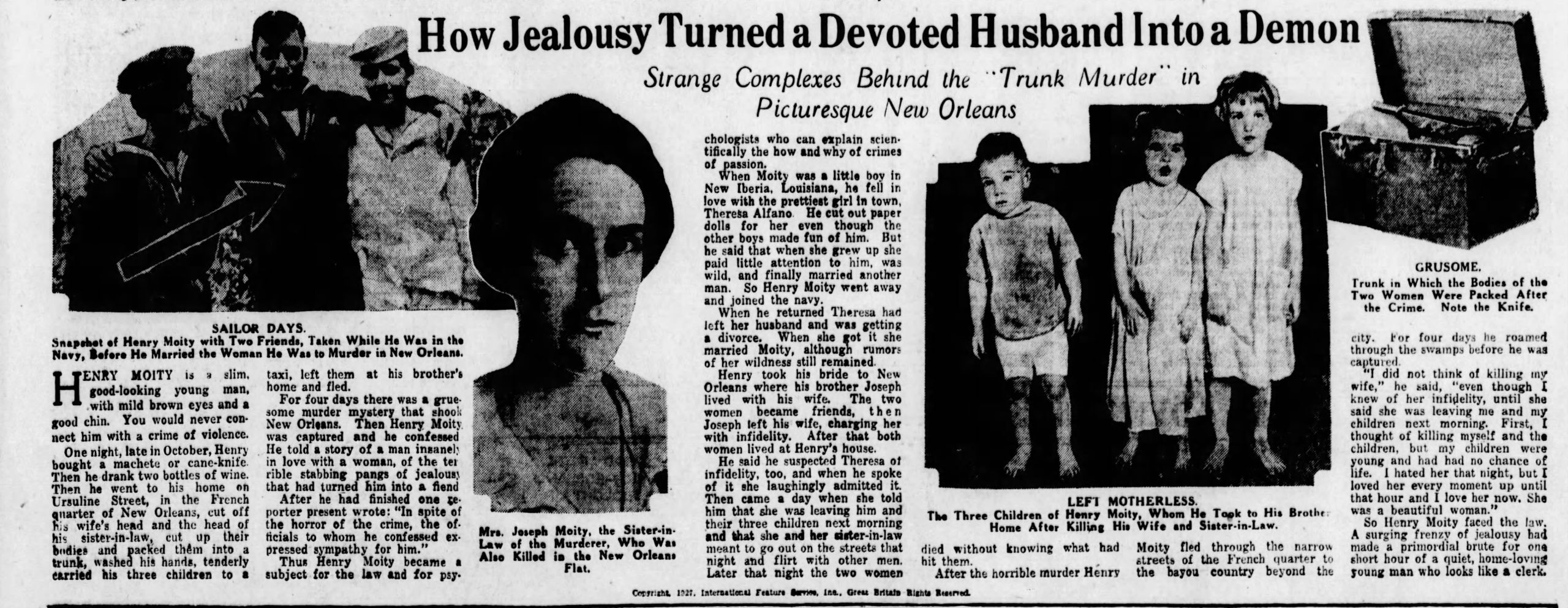
Today, there is little to distinguish this typical nineteenth-century town house from its neighbors. On the subject of the torrid and bloody affair that happened within its walls just a few days before Halloween in 1927, the house is mute. Tour guides spin tales about paranormal activity here, though the co-owner recently told the Times-Picayune, “This place is absolutely not haunted. It’s a lovely house that unfortunately had this really tragic thing happen in it in the 1920s.”
Interestingly, this tale may have influenced another ghost story just a few doors down at 725 Ursulines St. In 1945, Gumbo Ya-ya: A Collection of Louisiana Folk Tales was published. Compiled from material collected by writers with the WPA’s Writers Project under the supervision of Lyle Saxon, this book enshrined a number of ghost tales that remain in the collective psyche of New Orleanians and especially ghost tour guides. The tale of the “sausage ghost” is one of those stories. Somehow, despite any documentary evidence, this story has been placed at this address.
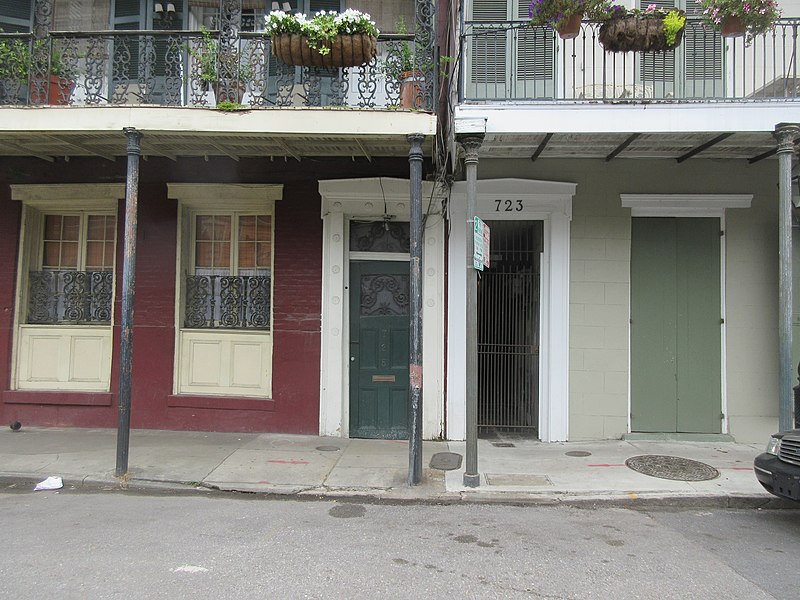
According to this story, Hans Muller lived and worked at this address some time ago. He was a sausage-maker and had his factory within his home. Over the years, he grew tired of his wife and one night pushed her into the sausage grinder. Customers began to complain of finding “bits of bone and cloth in their sausages.”
One evening as he worked, Mr. Muller was confronted by the angry spirit of his wife and fled in terror. Disturbed by his screams, neighbors contacted the authorities, though Muller placated them by saying he’d had a nightmare. After a customer discovered part of a gold wedding band in their sausage, the police were sent to the address again. There “they found Hans Muller in his factory screaming and crying, a raving maniac.” After determining the nature of his crime, he was placed in an asylum where he later committed suicide. The next owner of the property reported that the spirit of the wife continued to return.
The sausage ghost tale is believed to be fiction as there is no other evidence attesting to the story’s validity outside of its inclusion in Gumbo Ya-ya. Is it any wonder that this house, so close to the location of the Trunk Murders, has had this strange tale attached?
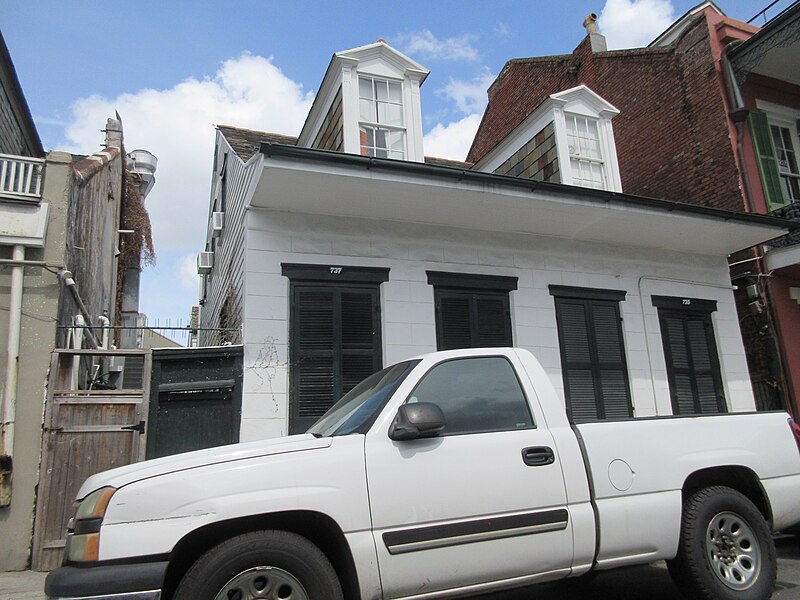
Still, while these stories don’t pan out as ghost stories per se, there is an eerie postscript. In 2002, at 735 Ursulines Street a disturbed man murdered his girlfriend, likely after she revealed that she was leaving him. The man butchered her and packed her remains into “a cheap particle board trunk.” A short time later, the man moved to a new apartment on Elysian Fields Avenue (so named for the resting place of Greek heroes) with the morbid trunk in tow. After the man left that apartment, his landlord discovered the trunk and its mummified contents in 2005, leaving this dark detail among the myriad that pervade the French Quarter like the stodgy humidity and dampness that continue to linger in this tropical city.
Sources
- Jackson Square Cat. “The Trunk Murders and ‘Sausage Ghost’ of 1920s New Orleans: A forgotten crime with all-too memorable details.” Atlas Obscura. 28 August 2016.
- Jordan, Dylan. “Amid Roaring Twenties New Orleans, a brutal French Quarter murder shocked the city.” The Historic New Orleans Collection. 25 October 2019.
- Joseph Moity (1894-1966) Find-A-Grave Memorial. Saint Vincent de Paul Cemetery #3, New Orleans, Orleans Parish, Louisiana, USA; Maintained by Clonegall (contributor 48053852). Accessed 21 May 2023.
- Saxon, Lyle, et al. Gumbo Ya-ya: A Collection of Louisiana Folk Tales. Louisiana Library Commission, 1945.
- Scott, Mike. “Rooted in reality? A macabre 1927 Ursulines St. killing may be behind the ‘sausage ghost’ legend.” Times-Picayune. 17 April 2023.
- Vargas, Ramon Antonio. “Man continues strange behavior after getting a life sentence for killing woman whose dismembered body he kept in a trunk.” Times-Picayune. 3 August 2009.
